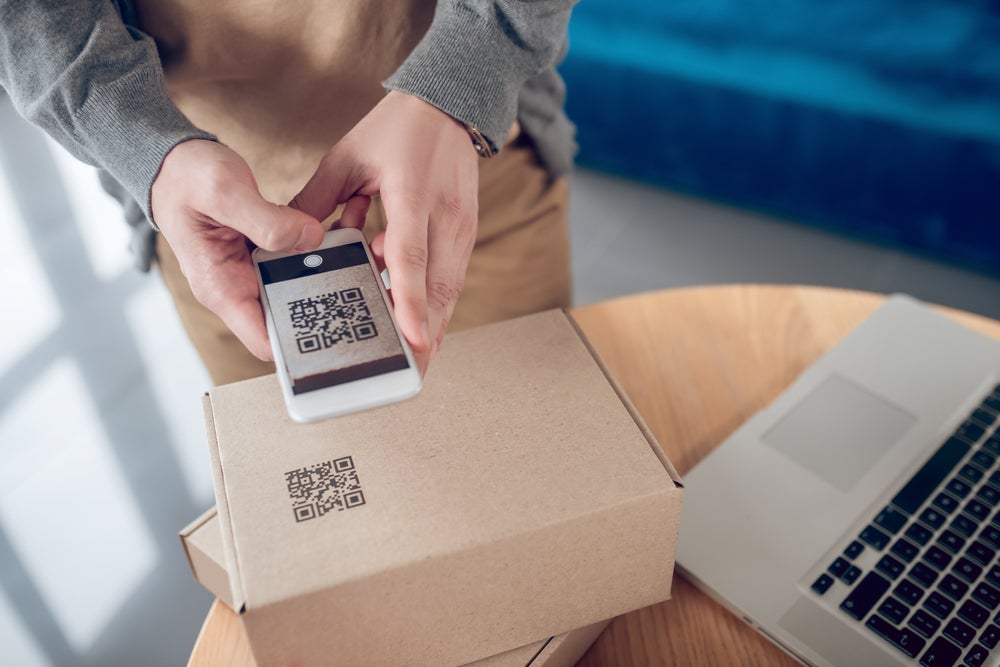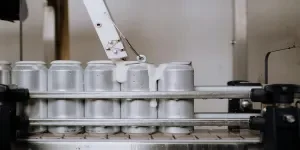QR codes have become a familiar sight for consumers, but with concerns around data privacy is there still positive uptake?

Quick response (QR) codes were once only used in vehicle manufacturing for tracking parts inventories and supply coordination.
Almost a quarter of a century later, QR codes have become a regular fixture in the everyday lives of consumers.
This was especially important during the pandemic, as the codes offered touchless points of purchase.
A popular usage is in restaurants to display menus and as payment methods, meaning the codes are directly used in exchange for an immediate service.
Codes on packaging face the barrier of the product already being purchased, meaning that they must offer extra incentives for consumers. This can be more information about a product or company, to register warranties, or offer games and competitions.
See Also:
- Chocolates Valor chooses Sonoco’s GREENCAN for cocoa packaging
- ProAmpac to show sustainable packaging solutions at Packaging Innovations
But the action of scanning a QR code can make some consumers feel uneasy – it requires a phone and camera to be unlocked and browser software to be opened.
The packaging industry faces the challenge of QR code incentivisation on top of overcoming concerns about data privacy.
QR code data issues
QR codes store information in both vertical and horizontal axes, which allows them to hold significantly more data than traditional barcodes.
The data that they can collect includes location, the number of times the code has been scanned and at what times, and the operating system of the device which scanned the code (i.e., iPhone or Android).
Scanning them opens up users to risks of phishing and malicious malware infecting consumer devices.
Convenience and opportunity wins out
In terms of packaging design, QR codes can take up valuable real estate that will be wasted if consumers fail to scan them. So, relying on the codes as a single access point presents a risk for companies.
Despite the risks, QR codes are still expected to continue becoming a widespread solution for retail packaging globally by 2027. This is especially the case across Asia, as China and Japan are leaders in use rates.
Companies can also use them as an opportunity to prove their commitment to ethical supply chains and ESG. An example of this is India-based egg producer Ovo Farm using QR codes to demonstrate the traceability of its eggs at every stage of its supply chain.
Using QR codes as a base for innovation can also help accessibility, as with Accessible QR (AQR) codes. Bayer Consumer Health UK utilised this for blind or partially sighted consumers, making crucial product information readily available.
If the key points of convenience, incentivisation, and accessibility can be merged, then packaging companies will be well-placed to bring QR codes into the industry’s future.
Source from Packaging Gateway
Disclaimer: The information set forth above is provided by packaging-gateway.com independently of Alibaba.com. Alibaba.com makes no representation and warranties as to the quality and reliability of the seller and products.



